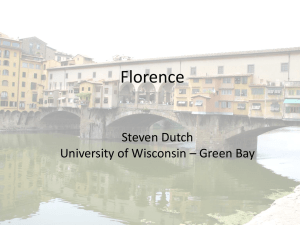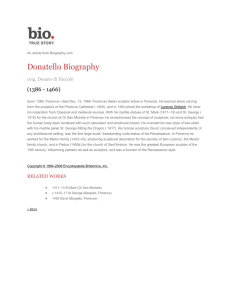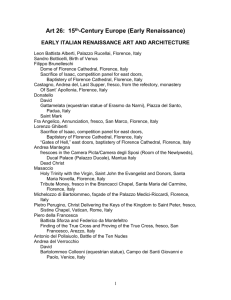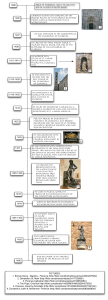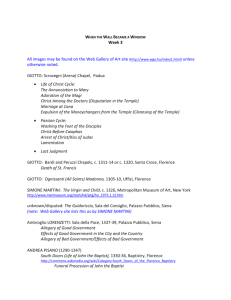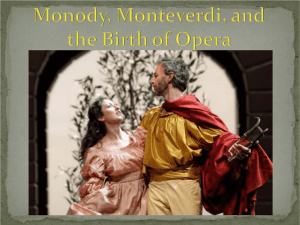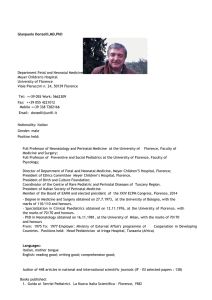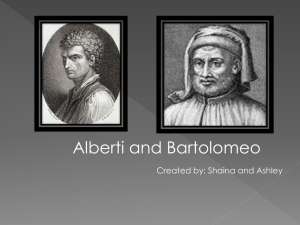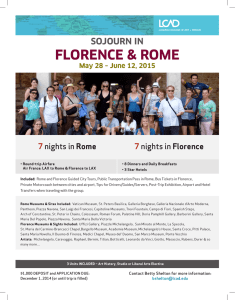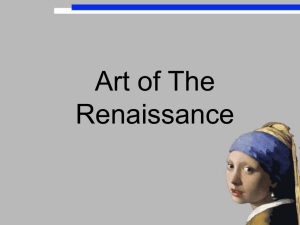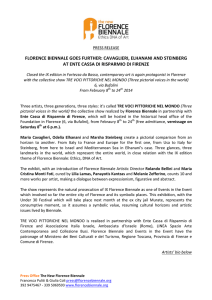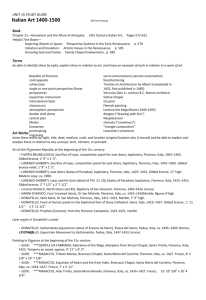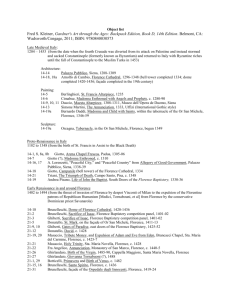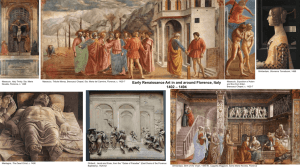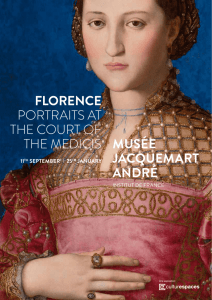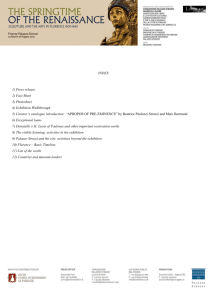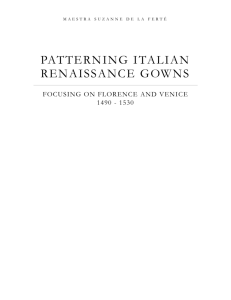english
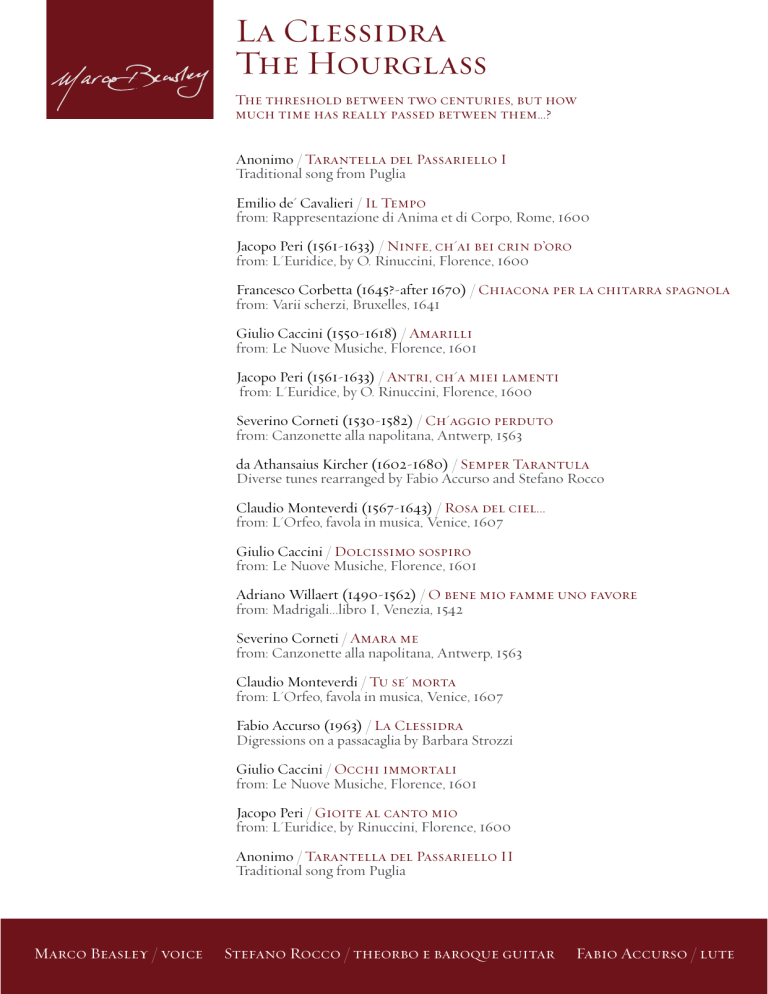
La Clessidra
The Hourglass
The threshold between two centuries, but how much time has really passed between them…?
Anonimo / Tarantella del Passariello I
Traditional song from Puglia
Emilio de' Cavalieri / Il Tempo from: Rappresentazione di Anima et di Corpo, Rome, 1600
Jacopo Peri (1561-1633) / Ninfe, ch'ai bei crin d’oro from: L'Euridice, by O. Rinuccini, Florence, 1600
Francesco Corbetta (1645?-after 1670) / Chiacona per la chitarra spagnola from: Varii scherzi, Bruxelles, 1641
Giulio Caccini (1550-1618) / Amarilli from: Le Nuove Musiche, Florence, 1601
Jacopo Peri (1561-1633) / Antri, ch'a miei lamenti
from: L'Euridice, by O. Rinuccini, Florence, 1600
Severino Corneti (1530-1582) / Ch'aggio perduto from: Canzonette alla napolitana, Antwerp, 1563 da Athansaius Kircher (1602-1680) / Semper Tarantula
Diverse tunes rearranged by Fabio Accurso and Stefano Rocco
Claudio Monteverdi (1567-1643) / Rosa del ciel...
from: L'Orfeo, favola in musica, Venice, 1607
Giulio Caccini / Dolcissimo sospiro from: Le Nuove Musiche, Florence, 1601
Adriano Willaert (1490-1562) / O bene mio famme uno favore from: Madrigali...libro I, Venezia, 1542
Severino Corneti / Amara me from: Canzonette alla napolitana, Antwerp, 1563
Claudio Monteverdi / Tu se' morta from: L'Orfeo, favola in musica, Venice, 1607
Fabio Accurso (1963) / La Clessidra
Digressions on a passacaglia by Barbara Strozzi
Giulio Caccini / Occhi immortali from: Le Nuove Musiche, Florence, 1601
Jacopo Peri / Gioite al canto mio from: L'Euridice, by Rinuccini, Florence, 1600
Anonimo / Tarantella del Passariello II
Traditional song from Puglia
Marco Beasley / voice Stefano Rocco / theorbo e baroque guitar Fabio Accurso / lute
www.marcobeasley.it
Hourglasses have always been a source of curiosity, fascination and fantasies about the passing of time. Time gives a pulse and rhythm to every aspect of our lives. Everyone’s earthly journey is regulated by time and we often say that there is a time for everything. And Time is the focal point of this program: specifically, the time between the end of the 16th and the beginning of the 17th century when the musical
Renaissance in Italy passed, as if through a narrow passageway, and opened up to the birth of the Baroque period.
A bottleneck, or better, an Hourglass, through which everything passes in search of a new space. From Renaissance polyphony, we proceed towards the new style of recitar
cantando. New musical turmoil occupies the creative minds of musicians, only to bloom into new and inspired compositions. Caccini, Peri and Monteverdi – to name just a few – compose works on the theme of Orpheus. Before them, at the end of the
16th century, Gesualdo da Venosa, the Prince of Musicians, elevates polyphony to the highest levels of complexity, and in the year 1600 – at the narrowest point of the hourglass – Emilio de’ Cavalleri composes what can perhaps be called the first opera:
La Rappresentazione di Anima et di Corpo, in which the inspiration of a genius gives voice to the allegories of Life, Pleasure, the World, the Soul and the Body (these last two only seemingly separated from one another).
And, of course, there is the allegory of Time.
Time, which inexorably accompanies the history of mankind, is the protagonist of our tale. We will see Orpheus cross into the land of Death in order to bring his beloved Eurydice back to life; will he be capable of doing so, and more importantly, will he have the time to do it? We will read the words sung by these lovers who dare time to stop, as if to perpetuate their moment of love …
We will listen to the sounds of nimble instruments such as lutes and guitars, constant and faithful companions of the traveling musician.
A journey through time, from the 16th to the 17th century: a journey whose path will allow us to pass through our own Hourglass towards other destinies, towards the many places of the heart.
© 2014 Marco Beasley
